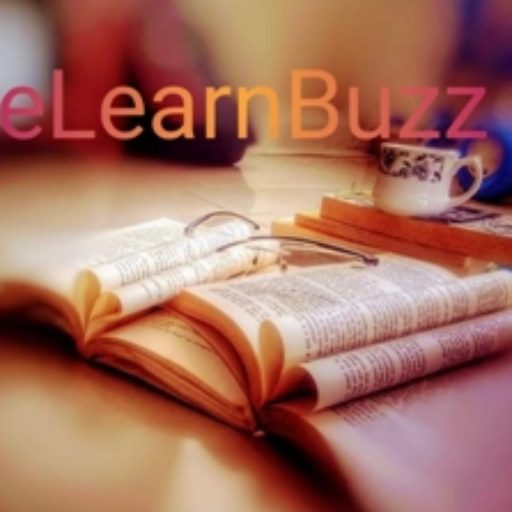UPTET Previous Years Questions on Environmental Studies – UPTET 2017
Dear readers, in this post UPTET Previous Years Questions Answer on Environmental Studies (पर्यावरणीय शिक्षा) are given. These questions are from UPTET 2017. Practice of these questions will help in understanding the pattern of Environmental Studies questions for UPTET and other TET exams. These UPTET previous years questions on Environmental Studies Language are important questions…
